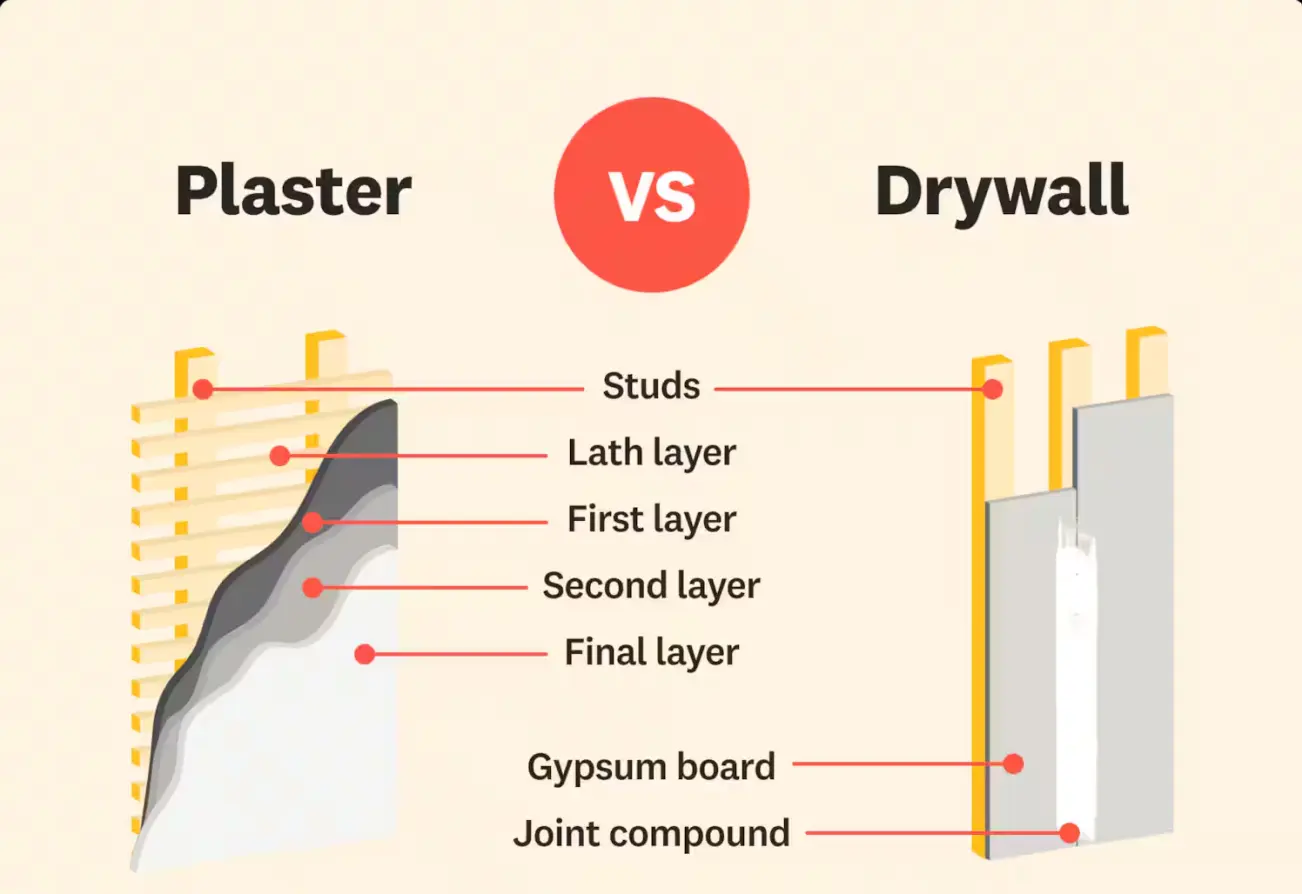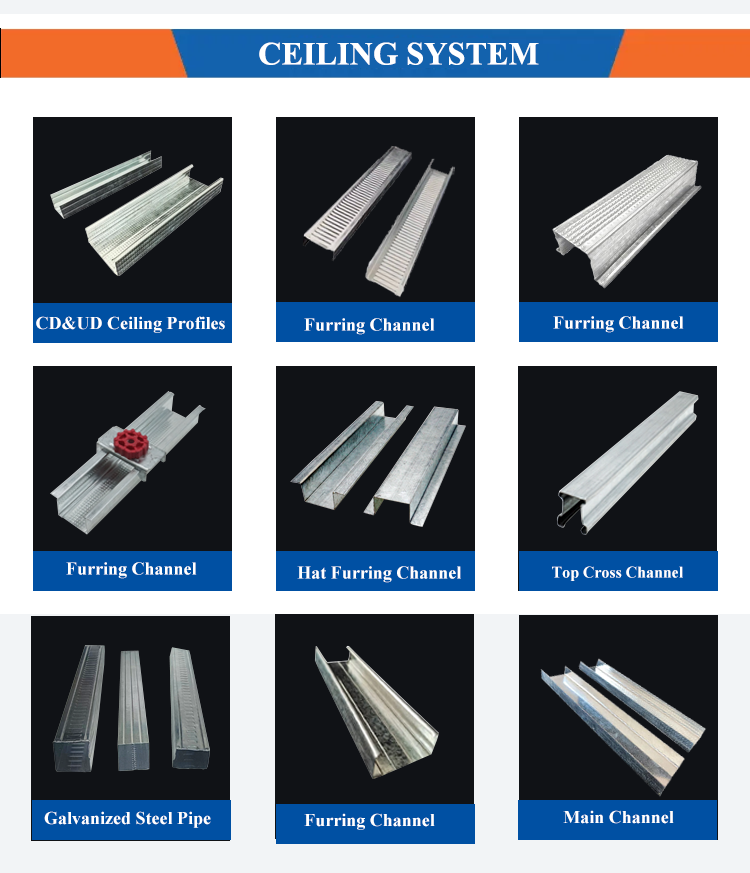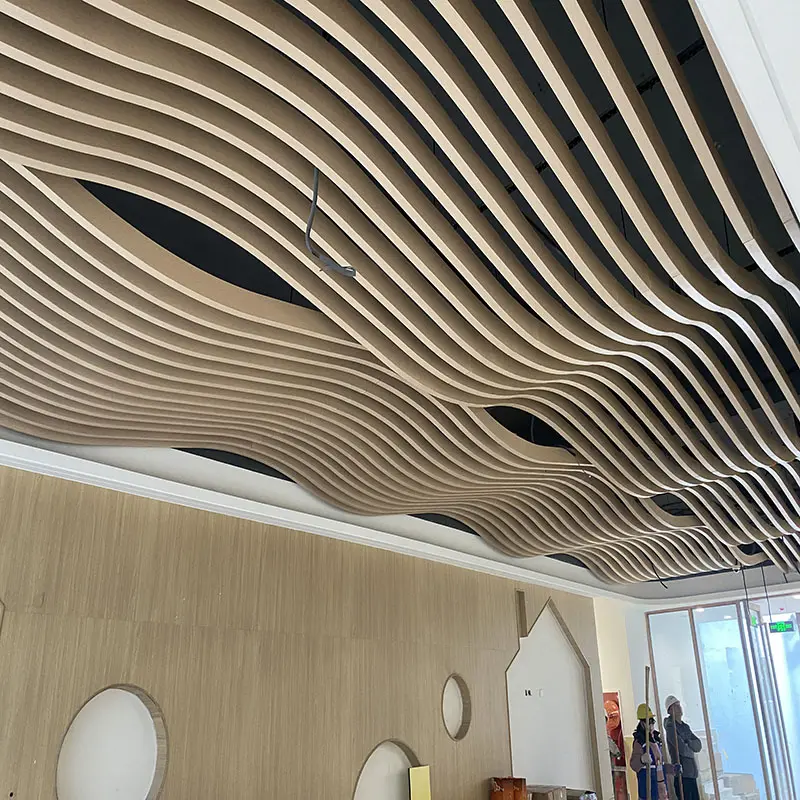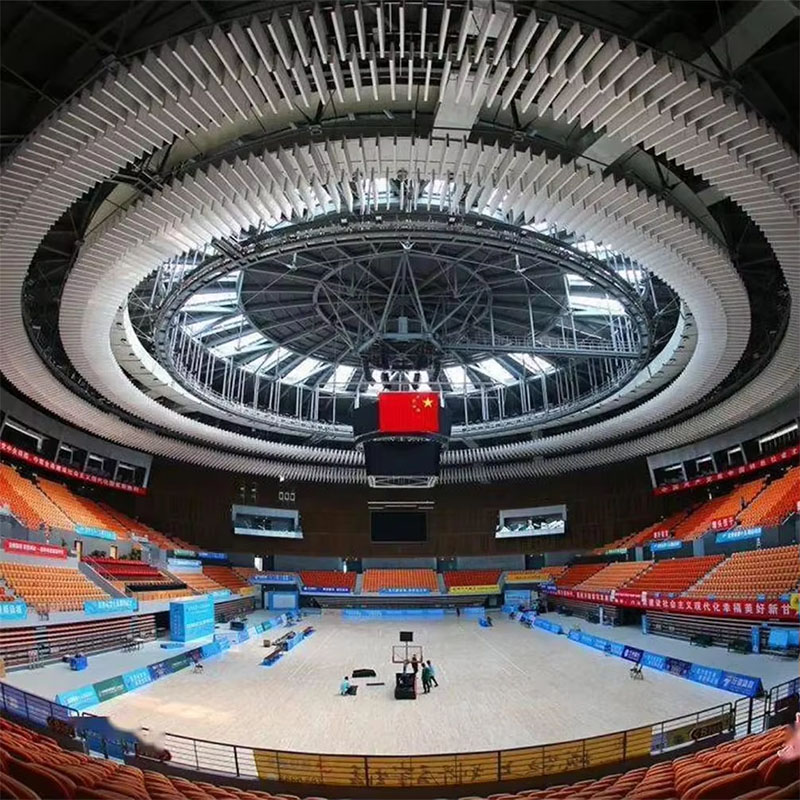Stud vs. Track: The Unbeatable Frame for Modern Walls
URL Slug: /metal-stud-vs-track-Drywall-framing
If you're building or remodeling, you’ve likely heard about Drywall Metal framing. It’s the go-to for strong, straight, and fire-resistant walls. But one question trips up many beginners:
They might look similar at a glance, but each plays a unique role. Using them correctly is the first step to a professional build.
A track is U-shaped with smooth flanges. It’s the base and cap—fastened to the floor and ceiling to hold the studs in place.
A stud is C-shaped with lipped flanges. It’s the vertical support—bearing the load and holding the drywall.
Think of it like this: the track is the rail, and the stud is the post that slots into it.
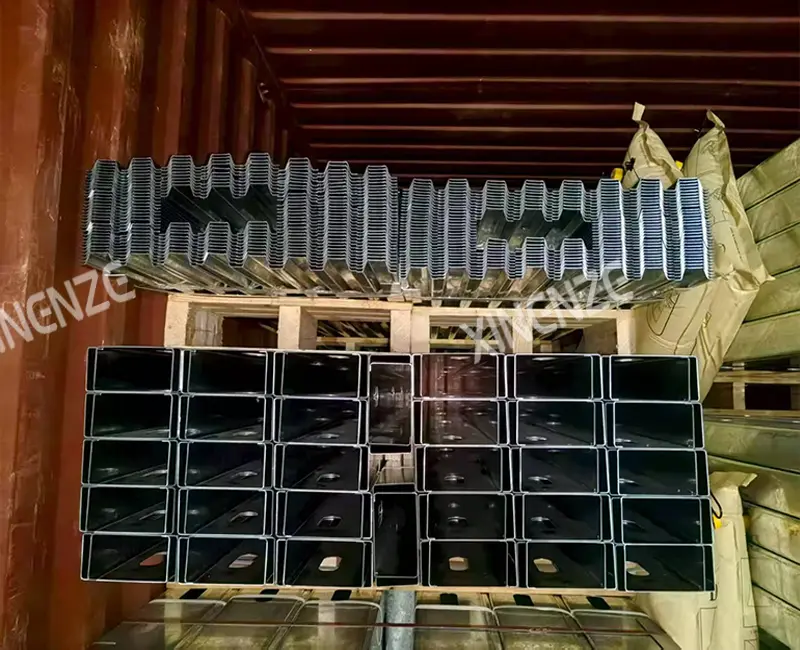
Beyond Studs & Track: Don't Forget Furring
A complete framing system often includes omega furring channel (or simply furring channel). This hat-shaped profile is used to create a level surface on ceilings or uneven walls. It’s installed perpendicular to joists or studs, perfect for adding insulation, improving acoustics, or masking an uneven substrate.
Why Build with Metal Framing?
More builders and serious DIYers choose metal stud and track because it’s:
- Straighter: Doesn't warp or shrink.
- Lighter: Easier to carry and install than wood.
- Fire-safe: Non-combustible.
- Eco-friendly: Often made with recycled steel.
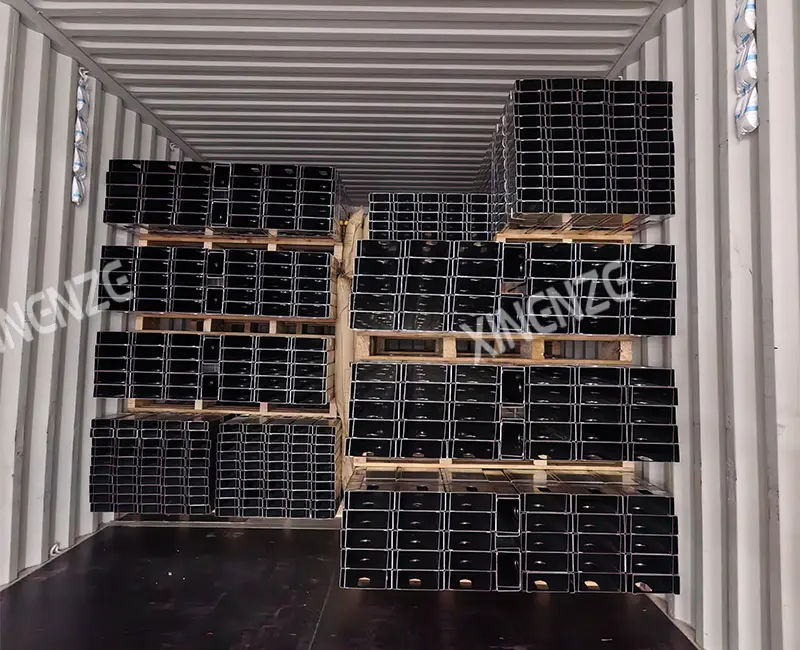
You need both stud and track for a strong, stable wall. One can't do the job alone.
Whether you're framing a new room, adding soundproofing, or hanging a ceiling, understanding these components helps you build smarter and avoid costly mistakes.
Ready to start your project? We carry a full range of professional drywall metal framing supplies. Get the right metal stud and track—and even omega furring channel—delivered straight to your site.
Categories: DIY Tips, Drywall, Construction Materials
Tags: drywall metal framing, metal stud and track, omega furring channel, stud vs track, how to frame a wall, metal framing supplies
Meta Description: Learn the key differences between metal studs and tracks—the essential parts of drywall framing—and how to use them like a pro for sturdy, straight walls every time.







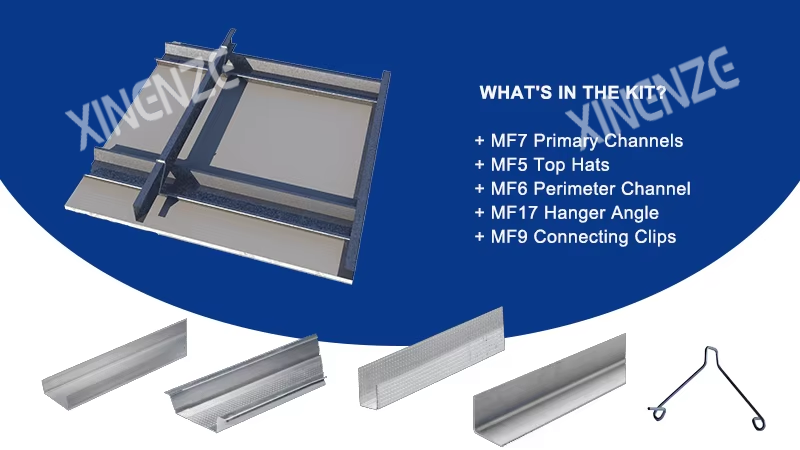

![VISIT XINENZE At AFRICA BUILD SHOW KENYA 2025 : HALL NO.-1B3 [STAND NO.-ABS -TSAVO]](/source/9130fc04c0b09f36a47112706e653486/606.png)
